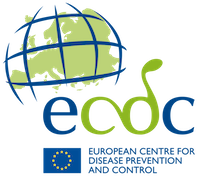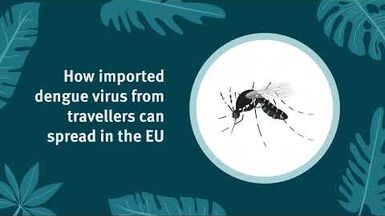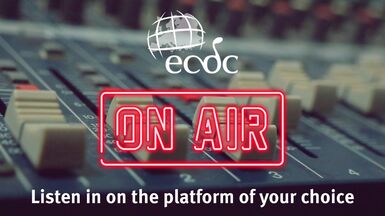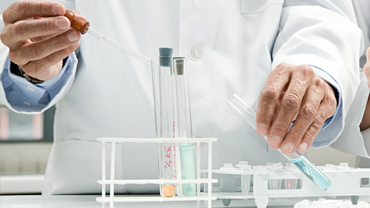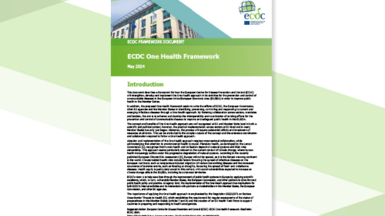New era for patient safety in Europe
Each year, millions of life-saving medical procedures involving blood transfusions, and tissue and cell transplants, and medically assisted reproduction treatments take place across Europe. European Union (EU) directives and national laws have long governed the safety of these substances of human origin (SoHO). Now, a new regulation introduces directly applicable rules leading to harmonised standards for safety and quality across the continent, and increased flexibility to keep up with scientific and technical developments.
To address this, the European Centre for Disease Prevention and Control (ECDC) has launched the first of a series of new technical guidelines for the European Union and European Economic Area (EU/EEA). Beginning with HIV, these guidelines turn the latest scientific evidence into a single, high standard of safety that will apply across all Member States.
Developed under Regulation (EU) 2024/1938 on standards of quality and safety for substances of human origin intended for human application as part of the ECDC mandate, which calls for stronger and more consistent safety measures across the region, the guidelines provide clear recommendations for health authorities and SoHO establishments, ensuring a robust safety net to protect recipients, and the offspring of medically assisted reproduction (MAR). The Regulation enables ECDC to provide new guidelines when needed to keep up with the latest scientific advances.
The guidelines result from a collaboration with a panel of leading scientific experts and are a major step forward for public health in Europe. By providing a single framework based on the latest science, ECDC is ensuring patients can continue to have the highest confidence in the treatments they receive.
Note
The guidelines provide requirements and recommendations for health authorities and SoHO establishments on laboratory testing methods for screening donors and testing strategies for HIV. They also provide evidence of risks of exposure to HIV to support donor eligibility assessment. The scope covers blood and blood components for transfusion, tissues and reproductive and non-reproductive cells. The guidelines are the first in a planned series, but it should be noted that certain SoHO types, such as faecal microbiota, breast milk, and SoHO for industrial manufacturing such as plasma, are currently outside the scope. ECDC intends to expand future guidance to cover these areas and additional pathogens. Following these guidelines should be considered a means to demonstrate compliance with the standards laid down in the Regulation, ensuring a high level of quality and safety.
Read the guidelines
Public health guidance
Guidelines on the prevention of HIV transmission through substances of human origin
Technical guidelines supporting the regulation on standards of quality and safety for substances of human origin intended for human application
